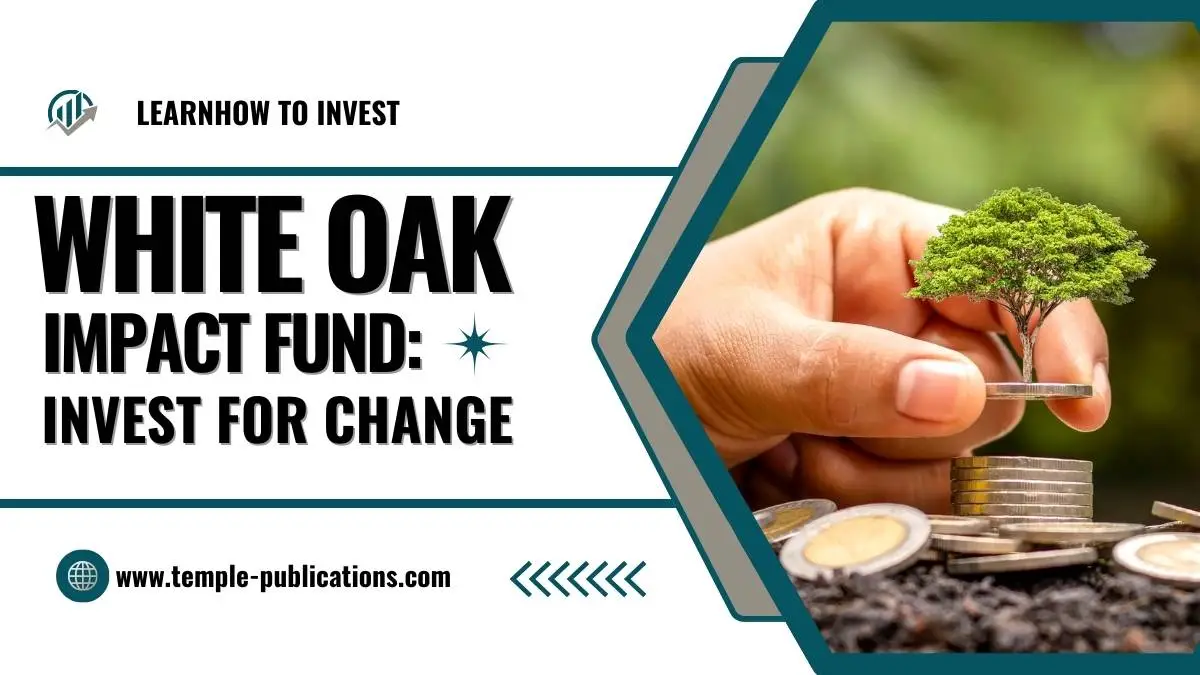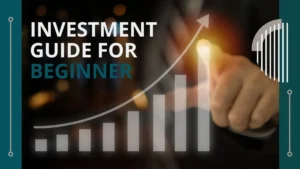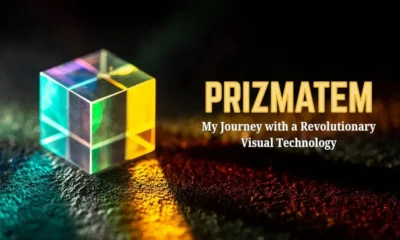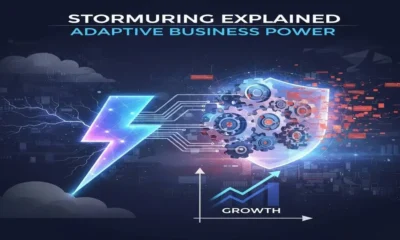BUSINESS
White Oak Impact Fund: Invest for Change

The White Oak Impact Fund by the White Oak company is the unique model of such investments that guarantee both, high earnings and a marked positive effect to society. This approach means that the fund seeks to address some of the world’s biggest problems in sectors like healthcare, education, and clean energy while, at the same time, delivering decent returns to its investors.
Objectives of White Oak Impact Fund
The White Oak Impact Fund is designed to achieve dual objectives that offer financial return and also bring change to society. With a focus on investments in growth-oriented SMEs, the fund aims at being able to solve societal needs that require funding while at the same time delivering returns that will be favorable to investors. This double-target presumption underlines how the presence of RI has brought more significant attention to the role of the fund as an investment fund that has financial and economic targets as well as social mission goals.

Focus Areas of White Oak Impact Fund
Healthcare
- Improving Access to Medical Services: It anchors on funding companies that provide solutions that contribute to better healthcare, especially to overlooked sectors. This also encompasses the acceptance of telemedicine applications, mobile clinics, and other models.
- Enhancing Health Outcomes: Spendings are targeted at enhancing health care IT solutions and offerings like diagnostic tools or prescriptive, operational, or preventive care.
- Supporting Innovative Healthcare Solutions: The fund supports innovative new companies and those that are businesses specialized in upgraded medical technologies and concepts, all oriented towards progressing medical provision and therapy.
Education
- Expanding Educational Opportunities: The fund supports projects that increase access to quality education, including online learning platforms, educational content providers, and schools in underserved areas.
- Supporting Educational Technologies: Investments are made in technologies that enhance the learning experience, such as edtech platforms, digital tools, and interactive learning resources.
- Enhancing Education Quality and Accessibility: The fund prioritizes initiatives that improve educational standards and make education more accessible to diverse populations.
Clean Energy
- Promoting Renewable Energy Sources: The fund focuses on buying renewable electricity from solar energy, wind energy as well as hydropower to minimize the use of conventional energy sources.
- Advancing Energy Efficiency: They are made towards technologies and processes that reduce the consumption of energy and distribution of green energy for example smart grids, energy-saving devices, and green buildings among others.
- Supporting Sustainable Energy Technologies: It supports technologies in the clean energy space that hold great promise in changing the business of energy generation and use.
Target Investments
The White Oak Impact Fund mainly aims at supporting SMEs since the organization mainly only invests in businesses that have the potential to expand their operations significantly. For this reason, SMEs play a vital role in the growth of communities by enhancing innovation thereby creating jobs and boosting the economy. To screen potential investment, the fund uses a set of rather strict measures that allow choosing the right SMEs that will help the fund become financially and socially successful.
Growth and Scalability
The support of SMEs includes opportunities for capital sourcing, but along with it comes further development and expansion. The fund assists SMEs in terms of resources and knowledge to extend and diversify their operations possibly into new markets. Positive examples and performances in the case of the fund are also presented to exemplify that, through making specific and targeted investments, large business growths as well as social changes are achieved.
Investment Approach
Responsible Investing
The fund practices principles that depend on social and environmental values as much as profitability values. It is thus always a good approach to guarantee that the investments made are those that will seal good societal impacts while at the same time posting good returns. The fund maintains a delicate process of finding and investing in social solutions while at the same time focusing on economic viability and profitability.
Investment Strategy
Equity, debt, and preference shares may include equity interests, loans, or other forms of ‘convertible’ securities depending on the nature and requirement of the target enterprises of the fund. To manage these risks that may be associated with investment, there is always proper evaluation of the risk involved and adopting proper measures to manage these risks effectively and efficiently. The fund must however produce a competitive rate of return to the investors as well as fulfilling its social impact objectives.

Impact Measurement and Reporting
Socially responsible investing is also considered as a way to determine the social outcome of investments in society. The fund applies scientific approaches and reports the results using the set reporting standards to measure the impact of the invested amounts. The fund bases its operation more on transparency and accountability while giving the investors a clear view of its financial status and the impact it has on society.
Benefits of Investing in the White Oak Impact Fund
- Supporting SMEs Driving Positive Change: Investors help fund small and medium enterprises that address critical social challenges in healthcare, education, and clean energy.
- Aligning Financial Goals with Personal Values: Investors can align their financial interests with personal values by supporting socially and environmentally responsible initiatives.
- Promoting Environmental Sustainability: Support clean energy projects that reduce environmental impact and advance sustainability.
- Fostering Social Equality: Invest in projects that promote social equity and address disparities in healthcare and education.
- Driving Economic Development: Enhance local economies and foster economic resilience through strategic investments.
Future Outlook and Developments
In the future, the strategies and development prospects for The White Oak Impact Fund are seen in further growth and diversification of activities in the main areas of concern, namely healthcare, education, and clean energy sources. The fund has set a goal to apply new trends and innovations of impact investing which will increase its positive social and financial impacts. Subsequent projects will target new issues and opportunities in these sectors while the fund will incorporate learning and feedback to continuously optimize for the greatest social impact as well as investors’ return. This is especially true when considering how impact investing is a dynamic field, The White Oak Impact Fund shall therefore strive to remain at the forefront of coming up with solutions that seek to bring about change.
Did you find this article helpful? Check out the rest of our blog now!
-

 BIOGRAPHY5 months ago
BIOGRAPHY5 months agoBehind the Scenes with Sandra Orlow: An Exclusive Interview
-

 HOME12 months ago
HOME12 months agoDiscovering Insights: A Deep Dive into the //vital-mag.net blog
-

 HOME1 year ago
HOME1 year agoSifangds in Action: Real-Life Applications and Success Stories
-

 BIOGRAPHY12 months ago
BIOGRAPHY12 months agoThe Woman Behind the Comedian: Meet Andrew Santino Wife




























